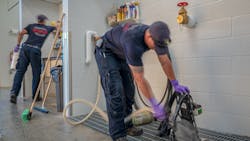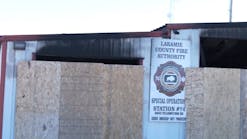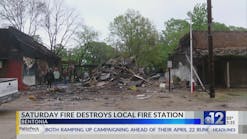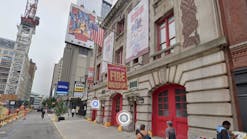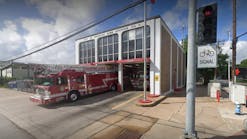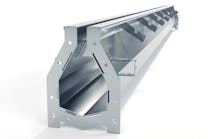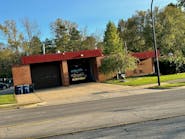Looking back over 30 years, the fire service has seen many lifesaving changes for firefighters, including enclosed cabs, seat belts and thermal imaging cameras. In addition, we began to place an emphasis on higher education and physical fitness. Recently, firefighter cancers, PTSD, mental health, Hot Zones, decontamination and now, a “clean” mindset.
The challenges of trying to change the fire service culture on seat belts came to mind while viewing the recent VFIS video Innovating the Industry, which focuses on an innovative look at the Central Valley Fire District in Belgrade, MT, and a “crew-first” approach to designing its new Station 1.
In the video, Chief Ron Lindroth talks about current efforts to engage the fire service to reduce cancer in firefighters.
“We can have the best decontamination processes in the world," Lindroth said, "but if (firefighters) don’t have the right mindset to use them, we’re still going to have the same problems we always have.”
Central Valley Fire District is a combination department with career and volunteers among three stations. Chief Lindroth requested that their local architect firm, Think1 in Bozeman, work with an architect specialized in public safety facilities. TCA Architecture + Planning was selected as the design specialist.
In planning for the new station, Lindroth invited department firefighters to be actively involved in the design process. He shared recent statistics and research as it related to firefighters’ cancers, physical and mental health issues.
“We wanted to create an environment that felt healthy to people and gave them good mental and physical health, so that we in turn could serve the public from a healthy standpoint,” the chief said of the department’s goals. “We lose three times the firefighters a year from cancer than line-of-duty deaths in the U.S.”
Armed with information and a focus on open communication with firefighters, the result was an innovative development of the Hot Zone design concept with a separate building for decontamination procedures.
After a burn response, the returning apparatus goes directly to the decontamination building. Turnout gear, bagged at the incident, is washed in the laundry machines. SCBAs, hoses and equipment are washed. The apparatus itself is washed down and the cab is disinfected. The last thing the firefighters’ do is remove their uniforms to be washed and they take hot showers. All of this activity happens at the decon building, before the firefighters return to the main station.
There is also a designated bay in the decon building for ambulances returning from a call. Following similar procedures, the bay has biohazard boxes and the ambulance is cleaned and fogged with disinfectant.
While the COVID-19 pandemic is challenging healthcare, fire and emergency medical services personnel—as H1N1 did in the past—the recent focus on safety, and physical and mental health has departments and agencies striving for aggressive ways to protect public safety personnel.
The National Clean Public Safety Building Assembly will hold a virtual program Aug. 5 (12:30-2:30 p.m. EDT) on cleaner, healthier public safety buildings. Organized by CORE Construction in 2017, the Clean Public Safety Building initiative is designed to help mitigate occupational hazards and related health risks for first responders.
CleanPSB is made up of nationwide industry experts, design professionals, public safety officials and project managers from CORE Construction. The program includes relevant statistics and resources on fire and police suicide rates, PTSD and occupational cancer, as well as emerging industry trends like antimicrobial technologies and UV-ray sanitation methods.
To view the CleanPSB event virtually, click here and use meeting ID # 462 550 6104.
The best action you can take in response to the pandemic—or other upheavals in your life--is to be active in learning and educating yourself as much as you can from verified sources and be responsible for your own physical and mental health. Be safe.
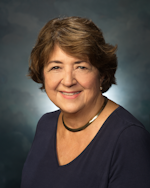
Janet A. Wilmoth | Special Projects Director
Janet Wilmoth grew up in a family of firefighters in a suburb of Chicago. Wilmoth, who is owner of Wilmoth Associates, worked with Fire Chief magazine for 27 years until it closed in 2013. She currently is the project director for Firehouse, overseeing the Station Design Conference.
